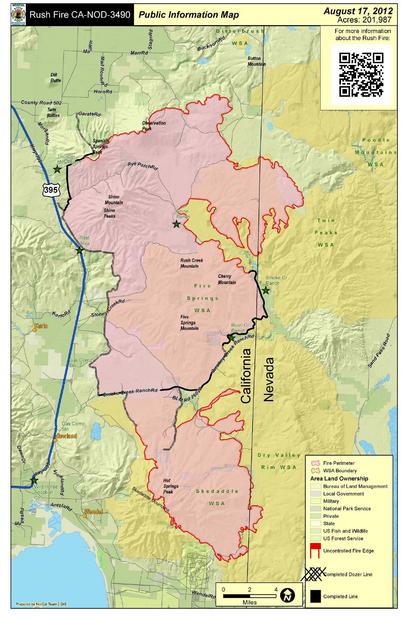For immediate release
Make LOVE not Roundups™ launches to stop the war against native wild horses and historic burros
WASHINGTON (February 14, 2013)–Daryl Hannah, who was arrested yesterday at the Keystone XL Pipeline Protest, and Oscar-winner Michael Blake (Dances with Wolves) speak out to protect America’s indigenous horses, historic burros and public land. The celebrities join Protect Mustangs’ Make LOVE Not Roundups™ native wild horse awareness campaign. Mustangs and burros are being cleared off public land to minimize environmental restrictions for toxic drilling.
“Wild horses and burros absolutely thrive on public lands but they are being unceremoniously eviscerated to make room for private cattle grazing leases and toxic drilling operations,” explains Daryl Hannah. “The BLM has increasingly become the BLMM–Bureau of Land Mis-Mangement. Let them live free!”
“Roundups are like a war on our native horses,” states Anne Novak, executive director for Protect Mustangs. “We want to focus on the public’s love for wild horses to protect them. Right now they are being wiped out and many go to slaughter. We need to return all the mustangs and burros stockpiled in holding to their legal range land. As a native species, wild horses will help create biodiversity and reverse desertification.”
“We go to America for vacations and love photographing the families of wild horses and adorable burros,” shares Barbie Hardrock European singer and spokeswoman for Protect Mustangs. “Please help save these magnificent animals!”
Michael Blake, author of Dances with Wolves says, “Loving horses is essential for human life on this planet. For millions of years, horses assisted humanity but after cars were invented in America, America has fully destroyed them and continues. Though humanity is similar to all animals in terms of no full perception, the killing of them all is moving the earth to destruction. If we only kill those who attack us, humanity will keep the earth real for humans who follow us. Like humanity, every horse is different but I have loved them most and have never killed one all my life.”
Recently, beef in the EU has been contaminated with toxic horse meat. Horse lovers and health enthusiasts are concerned the same scandal will happen in the U.S.A. if horse slaughter isn’t stopped.
Native wild horses are at-risk of going to slaughter for human consumption abroad now that Oklahoma’s elected officials appear to be supporting horse slaughter for human consumption in foreign countries.
Protect Mustangs wants the cruel roundups to stop now. They are asking for all wild horses and burros “stockpiled” in government holding to be returned to the protected zones of public land specified in the Free Roaming Wild Horse and Burro Act of 1971, called Herd Management Areas.
# # #
Media Contacts:
Anne Novak, 415-531-8454 Anne@ProtectMustangs.org
Kerry Becklund, 510-502-1913 Kerry@ProtectMustangs.org
Links of interest:
Daryl Hannah arrested at White House: http://green.blogs.nytimes.com/2013/02/13/arma-virumque-cano-police-arrest-keystone-protesters/
Daryl Hannah bio: http://movies.nytimes.com/person/93354/Daryl-Hannah/biography
Michael Blake bio: http://en.wikipedia.org/wiki/Michael_Blake_(author)
Anne Novak bio: http://protectmustangs.org/?page_id=2
Barbie Hardrock & Roquette: http://rocquette.com/
Native wild horses: http://protectmustangs.org/?page_id=562
The Salazar Plan to wipe out wild horses: http://protectmustangs.org/?p=3686
Proposed Wyoming oil field will be the largest on the planet: http://protectmustangs.org/?p=3709
Citizen investigation exposes evidence of BLM wild horses sold to probable slaughter: http://protectmustangs.org/?p=3567
Bill to legalize horse slaughter in Oklahoma http://www.tulsaworld.com/news/article.aspx?subjectid=11&articleid=20130213_16_A1_CUTLIN438547
Oklahomans Against Horse Slaughter: https://www.facebook.com/pages/Oklahomans-Against-Horse-Slaughter-in-2012-and-Beyond/160171540747135
European wild horses are slaughtered: http://www.thesun.co.uk/sol/homepage/news/4787786/Nabbed-stabbed-and-beaten-wild-horses-to-go-in-our-beef.html
European horse meat scandal: http://www.heraldtribune.com/article/20130211/API/1302110559?p=1&tc=pg
Protect Mustangs on Facebook: https://www.facebook.com/ProtectMustangs
Link to Protect Mustangs’ press releases: http://protectmustangs.org/?page_id=125
Protect Mustangs in the news: http://protectmustangs.org/?page_id=218
Protect Mustangs is a California-based preservation group whose mission is to educate the public about the native wild horse, protect and research wild horses on the range and help those who have lost their freedom. www.ProtectMustangs.org










